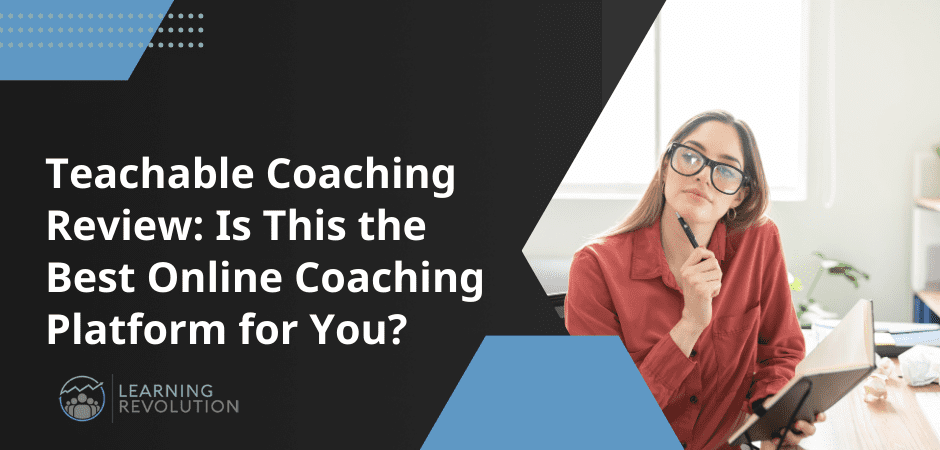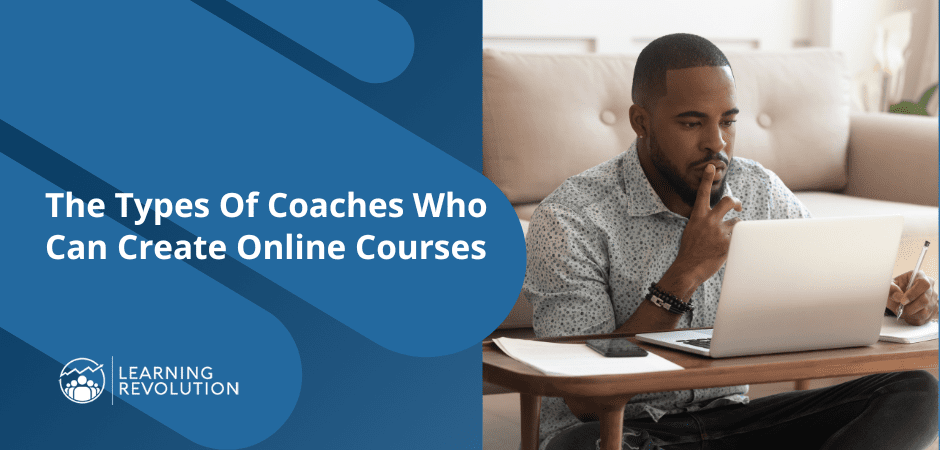

I’ve worked in the market for adult education for more than two decades.
During that time, I’ve advised hundreds of education businesses, researched and written extensively on what it takes to succeed in the education business, and launched a range of educational products myself with varying degrees of success.
Reflecting on all of that experience, I can see there are many factors that impact how successful a company, organization, or individual edupreneur will be, but three stand out as most common across learning businesses that never seem to realize their potential.
You have a market, but not an audience
It’s important to realize that having a market is not the same thing as having an audience .
Your market is the broad group of people who you can reasonably expect to be interested in what you have to offer. They may be the people who work in a particular field or industry or who fit a certain set of demographic characteristics. They’re the people businesses will often spend a lot of time developing ”personas” to describe.
An audience, on the other hand, is the subset of these people who actually know and care about what you have to offer and with whom you have built a connection.
These are the people you can usually count on to buy when you create a new offering for them and – perhaps more importantly – they are the people who will help spread the word and attract others to you. They help you realize the potential of your market.
Building an audience is about building relationships, which means that it does, of course, require a certain amount time and effort
This doesn’t mean you need to have one-on-one conversations with every one of your prospective customers, but it does mean you need to consistently show up in ways that are useful – not just salesy – and be available to engage. You can do this through blogging, Webinars, speaking, creating videos, interacting on social media, or any number of other ways.
It also doesn’t mean you won’t end up with purely transactional sales – that is, sales to people who buy something from you before you have established a strong relationship with them. That will happen – particularly if you have a strong brand, which I’ll get to in a minute – but very often these people are persuaded by “proxy” relationships – like referrals, testimonials from your established audience – that pull them in.
You actually want these types of sales. They are essential to driving significant growth. The key is that you then have to build your own relationship with these customers if you expect them to stay around.
All of the points above are why anyone who follows me for a while will notice that I am always harping on building an audience. It’s also why I focus on membership learning communities (what I call P2 communities in Leading the Learning Revolution) as a business model.
A strong community is the most valuable version of an audience.
Both an audience and a community take time and effort to build, of course, but that is why they are so valuable. Once you have them, it is very hard for anyone else to take your place with these groups of people and they become an invaluable asset for the long-term success of your education business.
You don’t have a brand
Along with building an audience, edupreneurs who expect to succeed over the long haul need to build a brand. There are a number of reasons for this.
First, while your easiest – and often, best – sales are going to come from people who are part of your audience, it’s much harder to grow if you have to rely solely on your established audience for all of your sales. As mentioned above, the stronger your brand, the less of a relationship you’ll need to convert new prospects.
Your brand becomes a proxy for the relationship and the value you offer.
Of course, as noted above, you have to fulfill that brand promise if you expect those prospects to stick around as customers.
Next, your brand is one of your most powerful competitive assets. Your prospects will inevitably have options when it comes to pursuing education in the topics you cover. Ideally, you don’t want them to be thinking “I need to get some education on topic X.” Rather, you want them to be thinking “I need what [insert your brand] has to offer.”
That’s much more likely to bring them straight to your Web site or to get them to type your brand into a search – which, by the way, is something Google values more and more in its search rankings.
Finally, your brand helps to support your price, making it much more likely that you will get conversions at whatever price you charge. I’ve made this point before with the Value Ramp. A strong brand increases value perception and makes your value curve steeper, meaning you are able to charge more sooner – and, as a result grow faster and bigger.
Keep in mind, though, that “brand” is not just about having a clever name and attractive logo. Brand is really the sum total of all your interactions with your prospects and customers, which is one reason the next factor is so critical.
You sell information, not impact
As part of my work with clients, I do a lot of surveying of their markets and audiences – basically, the lifelong learners they aim to serve – and a question I typically ask is about the value factors these people consider when deciding whether to purchase an educational product.
I have not been surprised that the reputation of the teacher is always the most important value factor. (There’s brand again).
I have, on the other hand been surprised that survey respondents have consistently ranked as number two or three “Has been shown to produce demonstrable improvement in knowledge or performance for those who take part.”
In other words, learners are looking for results – especially if they are going to pay money.
And, employers – who often foot the bill for education and training – also want results. Keep that in mind if you are selling educational experiences that relate directly to people’s jobs and careers.
The sad fact is, much of what gets positioned as education – whether online or off – isn’t education at all. It’s just information. As the (now) old saying goes, information wants to be free. And, these days, the people consuming it expect it to be free – mostly because they know they can almost always find it somewhere for free.
So, if what you are offering is really just information, don’t expect to be able to charge much, if anything for it. And that goes triple if you don’t have an audience or a brand.
Yes, there are exceptions.
If you have truly original information that really can’t be found anywhere else – based, for example, on unique research or special access to sources – then you may be able to charge handsomely for it. But those are just exceptions that prove the rule. Most courses do not really offer truly original information, as much as their creators may like to think they do.
What is original is who is delivering the information, how it is packaged and structured, and most importantly, how well the learner will be able to retain and make use of the information. That last part requires design. It requires an understanding of how adults learn. It requires skill at guiding and facilitating learning a way that the experience will result in a positive impact for the learner.
And, by the way, being able to demonstrate that impact has been achieved – through data, through testimonials – is one of the most effective ways to bolster your marketing and your brand.
So, honestly evaluate your offerings and ask, is this really education or is it just information? (One strong clue is that – regardless of whatever they say in their evaluations – your learners don’t consistently come back for more.)
Working Backwards to Increase Course Sales
In most cases, the last of these factors – impact – is the one that can be addressed most rapidly and it’s also the foundation on which the others can be built over time.
Whether you are creating your first or your fiftieth course, there are almost certainly steps you can take right now to improve their instructional effectiveness and increase impact. You can be more thoughtful and intentional in your approach to design. Make sure you are adhering to principles of adult learning. Pilot new offerings to gain feedback from and build connection with your audience.
These are approaches that, when done right, practically ensure that you will better understand the people you seek to serve and how you can provide the most value to them.
You then can and should start sharing significant parts of that value freely to attract your audience to you and start building relationships. Over time, the value you create and the relationships you develop will build and strengthen your brand and increase course sales. This is the essence of the best, most effective content marketing.
It’s also the essence of long-term success for any business that exists to create value through learning.
Table of Contents


